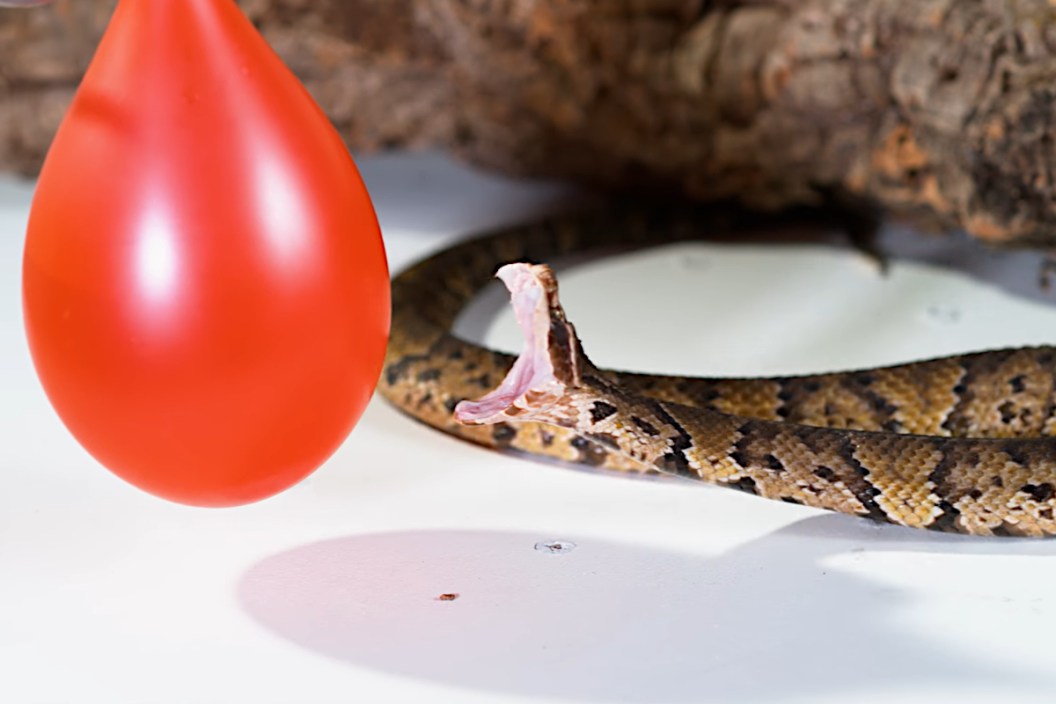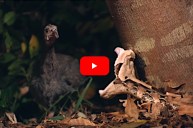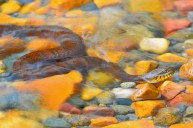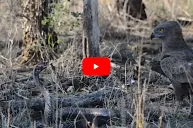This is what a venomous snakebite looks like in slow motion.
Many humans are fearful of snakes, especially the venomous varieties that can cause severe injury or even death if the circumstances are right. One of the most frightening things about venomous snakes is the amazing speed with which they strike.
The snakes don't move this fast to target humans, it's more about snagging their prey, but it is helpful as a defense mechanism too. Recently, Coyote Peterson of Brave Wilderness did an experiment using super high-speed cameras to capture everything that happens when a snake does bite when threatened.
The two species you'll see here today are the mangrove snake and the water moccasin. At 1,000 frames per second, you'll see every subtle movement and every muscle rippling under the reptile's skin as it hits a balloon used to tempt the animal.
Some people have the mistaken belief that snakes target humans, but as you saw here, these animals were acting out because they felt like the balloon was an invasion of their personal space. The only animals these snakes seek out are the rodents and other small animals that make up the primary part of their diets.
This experiment shows how precise snakes can be when they do decide to strike out of self-defense. It happens quickly, which is why many people often don't see the snake that has bit them until it is too late. Other people are often bitten after attempting to kill or capture the snake and underestimating the speed of these animals.
As Coyote said in this video, that's why it is important to keep your head on a swivel and always be on alert for snakes whenever hiking in snake country. You just never know when you may step over a fallen log where a snake is hiding on the other side.
For more outdoor content from Travis Smola, be sure to follow him on Twitter and check out his Geocaching and Outdoors with Travis YouTube channels.
NEXT: THE AXIS DEER AND HOW THEY'RE IMPACTING PARTS OF THE UNITED STATES
WATCH





